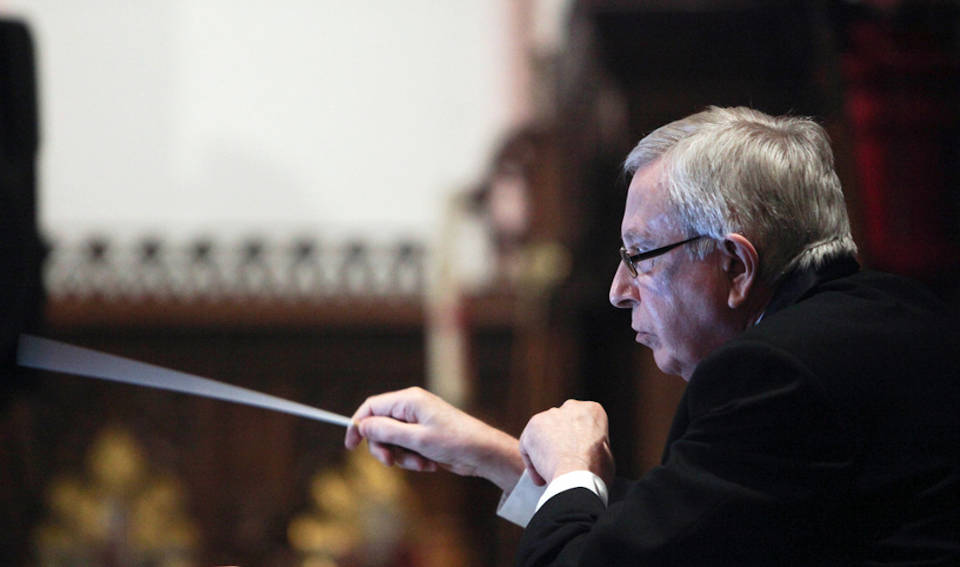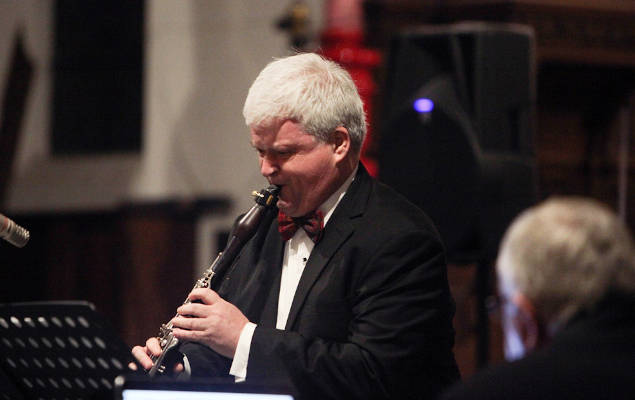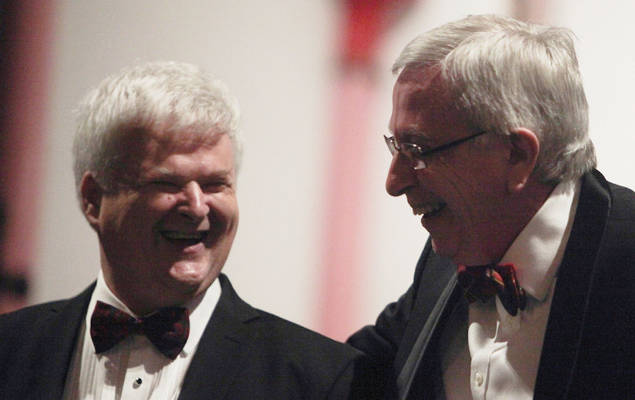A Himalaya Concerto
What is it?
A Himalaya Concerto is a full-scale work for the concert platform. It is a three-movement concerto for clarinet in A and concert grand cimbalom, lasting just under half an hour. The clarinet in A is well suited to the modality of the concerto, while the delicate and brittle tones of the cimbalom are ideally suited to its musical landscape. When performed with a backing video and backing track the effect is stunning. In 2019 alone the work raised more than US$15,000 for disaster relief work in Nepal and is still 'on the radar' in Queensland, Australia, where the clarinattist for whom I wrote it is based.
Listen
This video includes some fairly graphic imagery in the third movement, which some viewers may find upsetting, but it does help to convey a little of the reality of life in one of the world's most stunningly majestic earthquake zones.
Orchestration
In additional to the two solo instruments A Himalaya Concerto requires an orchestra consisting of
Piccolo
Flutes (3)
Oboes (2)
Cor anglais
Bassoons (2)
Double bassoons (2)
Horns (4)
Trumpets in B flat (2)
Tenor trombones (2)
Bass trombones (2)
Tuba
Timpani
Tubular bells
Violins 1 and 2
Violas
Cellos (of which one solo)
Double basses
On 25th April 2015 an earthquake struck the region to the northwest of Kathmandu. Two aftershocks on 12th May further east brought the total casualties to roughly 9,000 people killed and a further 25,000 injured. A small UK-based charity People Against Poverty was running a relief project there at the time. The charity’s CEO suggested writing a song to help promote awareness of the situation in Nepal.
Coincidentally the clarinettist Idris Harries (Australia) asked me to compose a new clarinet concerto. So was born the idea of a concerto to support the charity’s work in Nepal. I felt surprisingly relaxed about taking on such a project. Up to that point I had not written anything for the clarinet or the cimbalom, never mind a full-scale concerto. Yet I cannot recall feeling anything other than a determination to get on with the job. The resulting work was performed by Idris himself, with me conducting, on 12th January 2019 in Holy Trinity Church, Trowbridge, England.
I named each of the three movements after an iconic mountain in the region affected by the earthquakes. In order to create the shimmering, brittle feel that I wanted in places I decided to add the cimbalom as a secondary solo instrument, being familiar with it from my many years of working in Romania. The modality of the music is symbolic. The first two movements are written predominantly in a symmetrical octatonic mode of limited transposition, into which occasional splashes of more conventional modality intrude rather like shafts of sunlight piercing mountain cloud and mist. For the last movement the music shifts into an almost Balkan-sounding mode with a sharpened fourth and a flattened seventh, before reverting in exuberant style to the octatonic mode that opened the concerto. There’s loads more that I could say about A Himalaya Concerto but I’d like to leave the last word to three professional musicians whose judgements I trust, starting with the man for whom I wrote the work.
A major new work - stunning
I love it. I enjoyed the moodiness and swirling mist of the first movement, dark and dramatic, very cinematic; the expression of emotions in the second movement, with that sliding clarinet; and the third movement, which for me is so joyful. The music is so fresh, beautifully written and takes you straight into the heart of the Himalayas. This is beautiful clarinet writing and a major addition to the repertoire.
... Idris Harries, Clarinettist, Queensland, AustraliaFantastic work
The first movement carried reminiscences of Stravinsky and also of Prokofiev's piano concertos. The melodic theme in A was developed and carried forward to perfection; the secondary theme in C was a good contrast to this. The second movement was a nice extension of the previous material and had Mussorgsky-esque moments, particularly the interplay between clarinet and cimbalom. The final movement was brilliant. I adored the way it approached an almost shimmering Gamelan-type texture at times. Thanks for a great listen.
... Charlie Jackson-Allen, Musician, Trowbridge, EnglandVery impressive work indeed!
I must say that the clarinet part certainly is challenging. You have stretched the instrument to new paths.
... Louis Panacciulli, Music Director, Nassau Pops Symphony Orchestra, NY, USA


